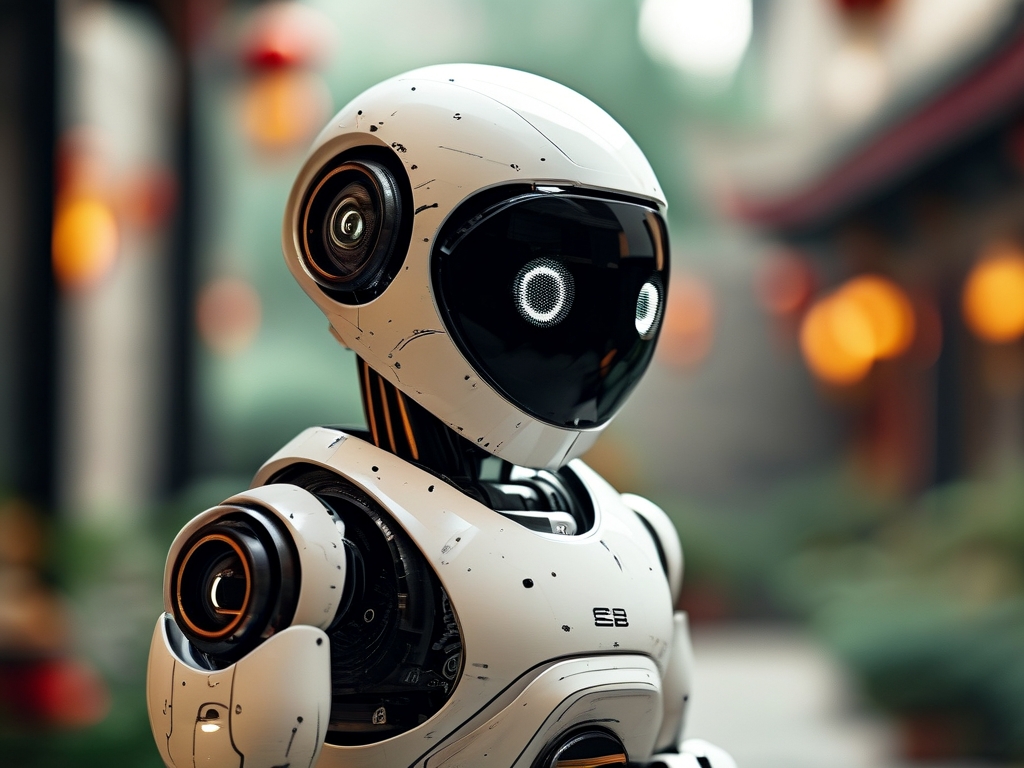The robotics industry has undergone transformative growth over the past decade, driven by advancements in artificial intelligence (AI), sensor technology, and automation. From manufacturing floors to healthcare systems, robots are redefining efficiency, precision, and human-machine collaboration. This article explores the current landscape of the robotics sector, highlighting key innovations, persistent challenges, and emerging opportunities.

Market Growth and Key Drivers
The global robotics market is projected to reach $214 billion by 2030, according to Statista, with a compound annual growth rate (CAGR) of 17.4%. Industrial robots dominate the sector, accounting for over 60% of revenue, particularly in automotive and electronics manufacturing. However, service robots—spanning healthcare, logistics, and hospitality—are growing faster, fueled by labor shortages and demand for contactless solutions post-pandemic.
Key drivers include:
- AI Integration: Machine learning algorithms enable robots to adapt to dynamic environments, such as autonomous vehicles navigating unpredictable traffic.
- Cost Reduction: Cheaper sensors and modular designs have democratized access to robotics for small and medium enterprises (SMEs).
- Government Initiatives: Countries like Japan, South Korea, and Germany are investing heavily in robotics to address aging populations and boost productivity.
Innovations Shaping the Industry
- Collaborative Robots (Cobots): Unlike traditional robots confined to cages, cobots like Universal Robots’ UR10 work alongside humans, enhancing productivity in assembly lines. Their safety features and ease of programming have made them popular in SMEs.
- Medical Robotics: The da Vinci Surgical System exemplifies precision in minimally invasive surgeries, while disinfection robots like Xenex’s LightStrike gained prominence during COVID-19.
- Agricultural Automation: Startups like Iron Ox deploy autonomous robots for planting and harvesting, addressing labor shortages and improving crop yields.
- Soft Robotics: Flexible, adaptive robots—such as Festo’s BionicSoftArm—are revolutionizing tasks in fragile environments, like handling perishable goods.
Persistent Challenges
Despite progress, the industry faces hurdles:
- Technical Limitations: Battery life, sensor accuracy, and dexterity in unstructured environments (e.g., cluttered warehouses) remain bottlenecks.
- High R&D Costs: Developing advanced robotics requires significant investment, limiting innovation to well-funded corporations.
- Workforce Displacement Concerns: A McKinsey study estimates automation could displace 20 million manufacturing jobs by 2030, sparking debates on reskilling and universal basic income.
- Regulatory Gaps: Standards for safety and ethics—especially in AI-driven robots—lag behind technological advancements.
Ethical and Societal Implications
The rise of robotics raises critical questions:
- Job Polarization: While repetitive roles decline, demand surges for robot technicians and AI trainers.
- Privacy Risks: Surveillance robots in public spaces could infringe on personal freedoms.
- Bias in AI: Algorithmic discrimination in hiring or policing robots remains a pressing issue.
Governments and organizations are responding. The EU’s proposed AI Act classifies robotics applications by risk level, while Japan’s “Society 5.0” initiative emphasizes human-centric automation.
Future Outlook
- Hyperautomation: Combining robotics with IoT and 5G will enable real-time data sharing, optimizing supply chains and smart cities.
- Personalized Robotics: Consumer-facing robots, like Samsung’s Bot Handy for household chores, will become more affordable and intuitive.
- Space and Exploration: NASA’s Perseverance rover and startups like Astrobotic highlight robotics’ role in extraterrestrial mining and research.
- Ethical Frameworks: Cross-industry collaborations, such as the IEEE’s Global Initiative on Ethics of Autonomous Systems, aim to establish guidelines for responsible innovation.
The robotics industry stands at a crossroads, balancing unprecedented potential with societal responsibilities. While technical breakthroughs promise economic growth and improved quality of life, stakeholders must prioritize inclusive policies and ethical guardrails. As robots transition from tools to teammates, their integration into daily life will hinge on transparency, adaptability, and a shared vision for a human-machine symbiotic future.



